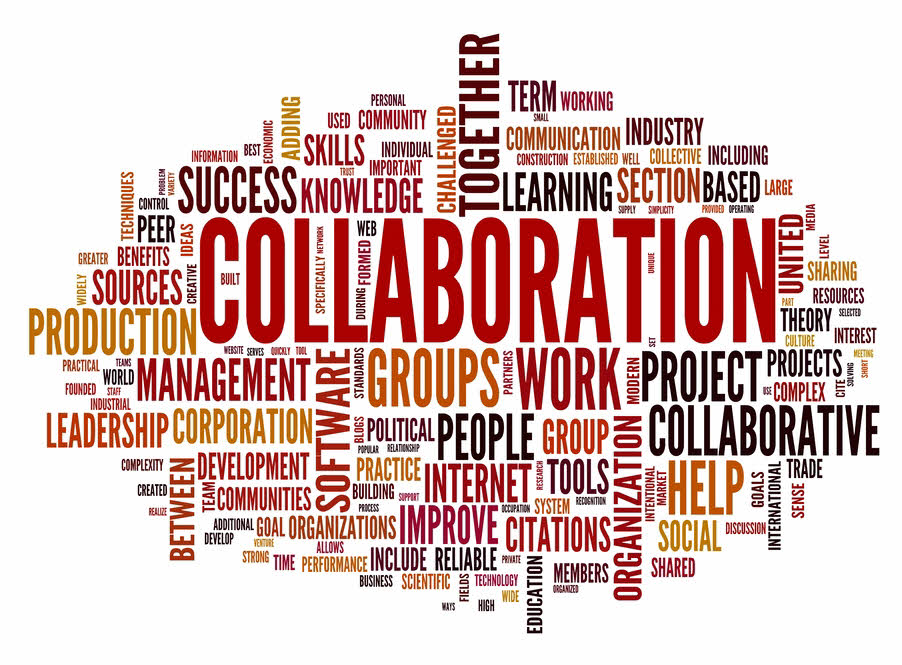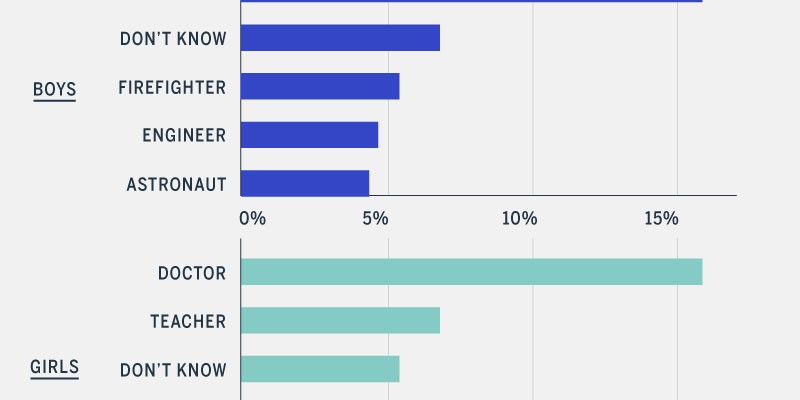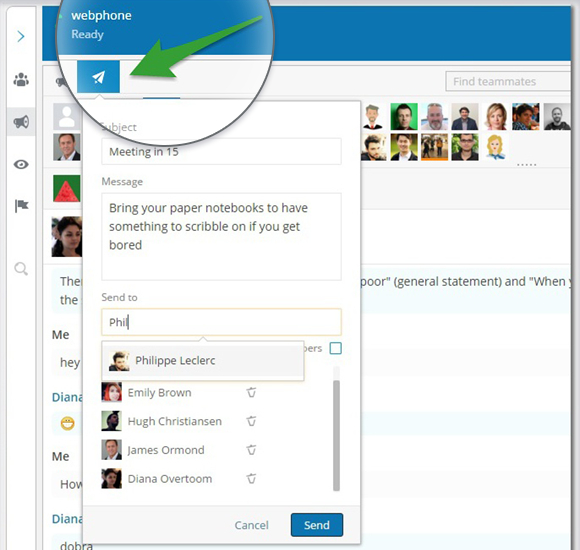Larger teams generate better concepts, and the more diverse the team is, the higher the impact of their innovation efforts. That’s the key takeaway from a recent field study that showed how mixing up different departments and putting the right software in their hands can be an innovative idea in and of itself.
Filip Truta' Post
Photo by rawpixel on Unsplash
Metaphorically speaking, Unified Communications (UC) solution vendors walk around carrying a long list of benefits for service providers who want to offer UC services for SMBs and other organizations (i.e. upgrade their business communication channels). The are many reasons and truth is this crusade against old technology is very justified. Any way you look at it, UC services, especially when hosted in the Cloud, knock the socks off any legacy phone network.
A call center is, in and of itself, a network of phones. Much of UC’s functionality actually originated in call centers. The only difference is that unifying these features enables Service Providers (SP) to take better advantage of resources with the end goal of increasing productivity and improving the customer service. So what better business to target with UC if not contact centers? And although every feature counts, it’s those that touch the customer directly that weigh the most
What did you want to become when you were a child? A doctor? A ballerina? An engineer? An astronaut? As we reach adulthood, few of us land a dream job. But if a recent survey is any indication, the next generation will be filled with scientists and engineers. And we have girls to thank for that.
STEM (previously SMET) is an acronym that refers to the academic disciplines of science, technology, engineering, and mathematics. It’s a pool of careers where you’re likely to find more men than women, but according to data unearthed by Fatherly, things are about to change really soon

Photo by Samuel Zeller on Unsplash
The amount of time spent on mobile apps has increased by 21% from 2014 to 2015, with the mobile app market being worth an estimated $58 billion. That amount will rise to $77 billion by 2017, according to research conducted this year. But it’s not the mobile apps themselves that generate all this money – it’s the services behind them.
At the dawn of the app store gold rush – as the media affectionately calls it – apps were low in numbers and simplistic: reminders, photography, note taking, doodling apps, match-three games etc. As time progressed, not only were there more apps to be found, but their complexity grew as well, and so did the hardware they ran on. Their numbers grew from mere thousands to billions, as more developers started leveraging newer, more advanced technology, but also another game changer

Photo by Jonathan Simcoe on Unsplash
Success in business depends as much on innovation as it does on adaptability, strategy, marketing, and of course solid investments. The evidence in favor of digital investments as a key driver is overwhelming. In the not too distant future, a company’s communication and collaboration efforts will be inherently reliant on cloud technology. And the reason is simple: everybody’s doing it, and he who doesn’t falls behind in reach, discoverability, customer satisfaction and many other areas that make or break a business.
Fierce competition, but also the always-on nature of cloud solutions, forcefully dictate the need to incorporate technology as a business strategy. Research conducted by IDG Enterprise gives us a bird’s eye view of the direction of spending, areas of investment and drivers, with a focus on the communication tools employed (or soon-to-be-employed) at large companies
We developed Hubgets with the goal to make our teamwork as smooth as possible. Then, we shared it with the world. With Hubgets, you can have cohesive teams and a flexible work policy. You can reach people half way across the globe using the same mechanism you would to buzz a colleague 10 feet away. Today, we’ll look at the Phone component in Hubgets.
Photo by rawpixel on Unsplash
Sales, marketing, consulting… these are paid positions that society finds useful in many contexts, but the world and its future are not dependent on these occupations. Engineering, however, is something the world cannot do without.
Engineering can be considered the world’s oldest profession because it predates humanity. Just ask Charles Darwin, whose famous theory of evolution is based on the idea that nature constantly engineers itself to survive and adapt. Bruce Dickinson surely agrees. According to the famous rocker, engineering is one of the most important things you can teach a child to aspire to
Photo by rawpixel on Unsplash
Communication infrastructures established in the ’90s are becoming increasingly incompatible with today’s connected economy. When it takes too long for partners to connect, or to fulfill customer needs, you know there’s a problem somewhere. For every problem, there’s a solution.
Unified Communications (UC) was born out of the need to enable faster decision making, but also to make collaboration more efficient. UC merges real-time communications (voice, video, instant messaging) with real-time data (presence, file sharing), and we often end up using the term Unified Communications & Collaboration (UC&C) to describe these solutions. Provided as-a-service, UC&C has a series of technical and financial advantages that make it a key asset for virtually any business today

Photo by Alberto Tolentino on Unsplash
A friendly interface goes a long way, but building software with the entire User Experience (UX) in mind helps achieve a more straightforward path to the ultimate goal of usability. Researchers at Brigham Young University want to open a new chapter in UX by determining exactly what people are feeling when they are sitting in front of their computers – all through mouse movement interpretation.
The research, Inferring Negative Emotion from Mouse Cursor Movements, reveals how “attention control theory” can leverage our trusty point-and-click devices as real-time indicators of negative emotions. When people experience anger or frustration







